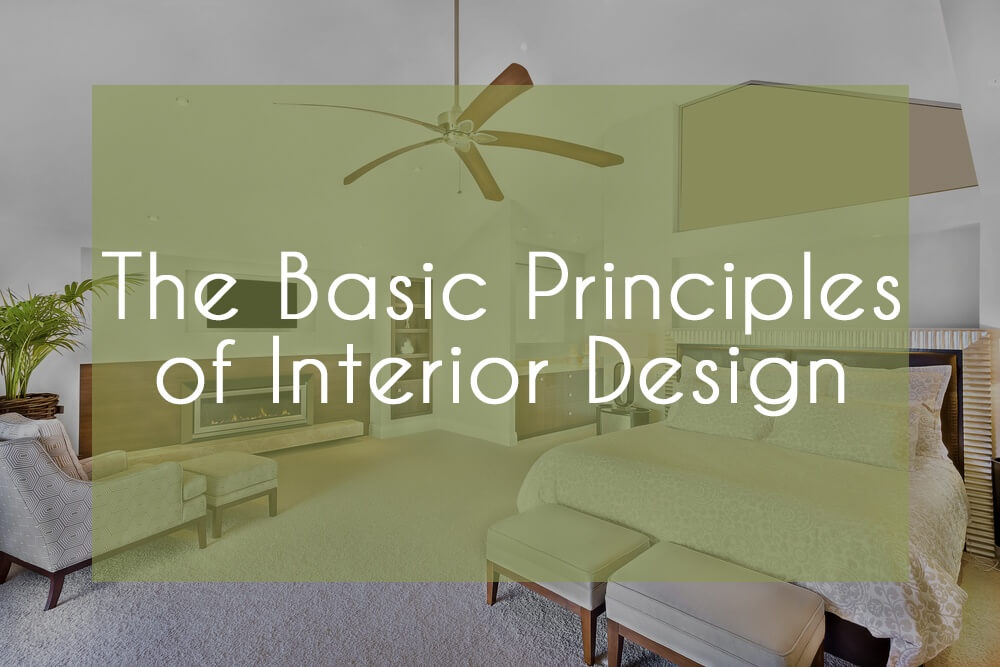The Basic Principles of Interior Design

When a designer learns the principles of interior design, he or she can transform any simple space into a magnificent place with extraordinary design. The designer can picture how the overall design would look when combined altogether. Every design model that they produce gains attraction.

Balance
In designing, balance is relatively substantial because it creates the sense that the designs are evenly distributed on the composition. Therefore, balance is all about resembling the visual weight of the outline of the design.
Balance is not only shapes, but also colors, patterns, and textures as well. Furthermore, there are three types of balance, the symmetrical balance, asymmetrical balance, asymmetrical balance, and radial balance.
Rhythm
Similar to the field of music, rhythm is all about creating visual patterns of repetition and contrast that create visual interest in the naked eyes. The designer will achieve this by using the same shapes, strokes, and colors with different intervals.
The primary purpose is to interest your eyes to explore the room. For example, the designer can use the color of the bed sheets, picking it up in the lamp shade and echoing it again in the murals. These repetitions can create a rhythm that will help carry the eyes around the room.
Harmony
Harmony is established when elements are combined and act all together to create a consolidated message, same with the rhythm; it can generate excitement in the eyes of each client. Harmony can develop a sense of satisfaction. For example, the designer can create harmony by only using one color, even though the designer forms are all based on shape, size, and lastly texture.
Emphasis
A room where everything gets equivalent significance will appear to be either scattered or dull. The designer needs an anchor to elevate the design in the room. Architectural spaces often have points of interest like a window with an eye-catching view or a mural with a scenic view of the wall. The designer can enhance the focal point in the room by rearranging the furniture around to emphasize it. In a place that lacks a common interest, the designer can create one through rearranging or regrouping furniture or using an unusual or a large piece of object to cover it up.
Proportion and Scale
Proportion is the size of one section to another, and scale is the size of the one object identical to another where it’s placed. For example, a vast overstuffed sectional in a little room will be out of scale.
Some corresponding connections are more satisfying than the others.
The early Greeks came up with the golden section, which looked to decrease all extent to a basic formula. “The ratio of smaller area to the more prominent segment ought to be equivalent to the more significant portion the entirety.”
This proportion is present in nature, and the craftsmen and architects have utilized it too.
Check out our architectural services and make AAArchitect your partner for your next architectural resources and building structure! AAArchitect offers top quality services for architectural and landscape designing, interior designing, and engineering.
